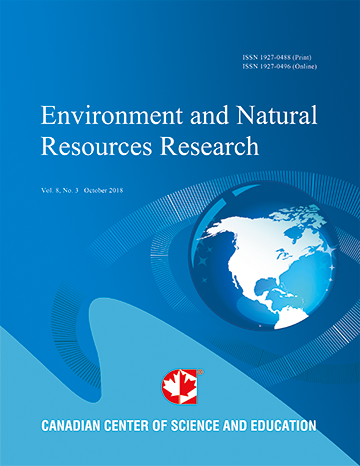Deforestation and Carbon Stocks in the Surroundings of Lobéké National Park (Cameroon) in the Congo Basin
- Zapfack L
- Noiha Noumi V
- Dziedjou Kwouossu P. J.
- Zemagho L
- Fomete Nembot T.
Abstract
The study was carried out in the Lobéké national park located in Congo Basin with disturbed ecosystems. Five types of land uses were identified using transects; plantations, fallows, secondary forest, primary forest and wetland, covering respectively 9.84 ha, 26.66 ha, 2.07 ha, 25.17 ha and 1.32 ha. We use allometric equation of Brown to calculate carbon stocks. The most significant aboveground biomass was in primary forest (172.60 t C/ha). This value became 94.10 t C/ha when converting primary forest into plantations; for a loss of nearly 78.5 t C/ha representing more than 50% of the initial stocks. In secondary forest we had 169.26 t C/ha; 84.74 t/ha in young fallows and 140.86 t/ha in old fallows. So, deforestation and degradation are harmful to the environment; the conversion of a forest into a plantation can causes a loss of considerable stock of carbon per hectare of land converted. Even though agro forestry systems can lead to stock carbon, the best way of preserving our environment remain the preservation of the natural ecosystems.
- Full Text:
 PDF
PDF
- DOI:10.5539/enrr.v3n2p78
Journal Metrics
Google-based Impact Factor (2016): 6.22
h-index (November 2017): 12
i10-index (November 2017): 19
h5-index (November 2017): 11
h5-median (November 2017): 12
Index
Contact
- Emily LinEditorial Assistant
- enrr@ccsenet.org
